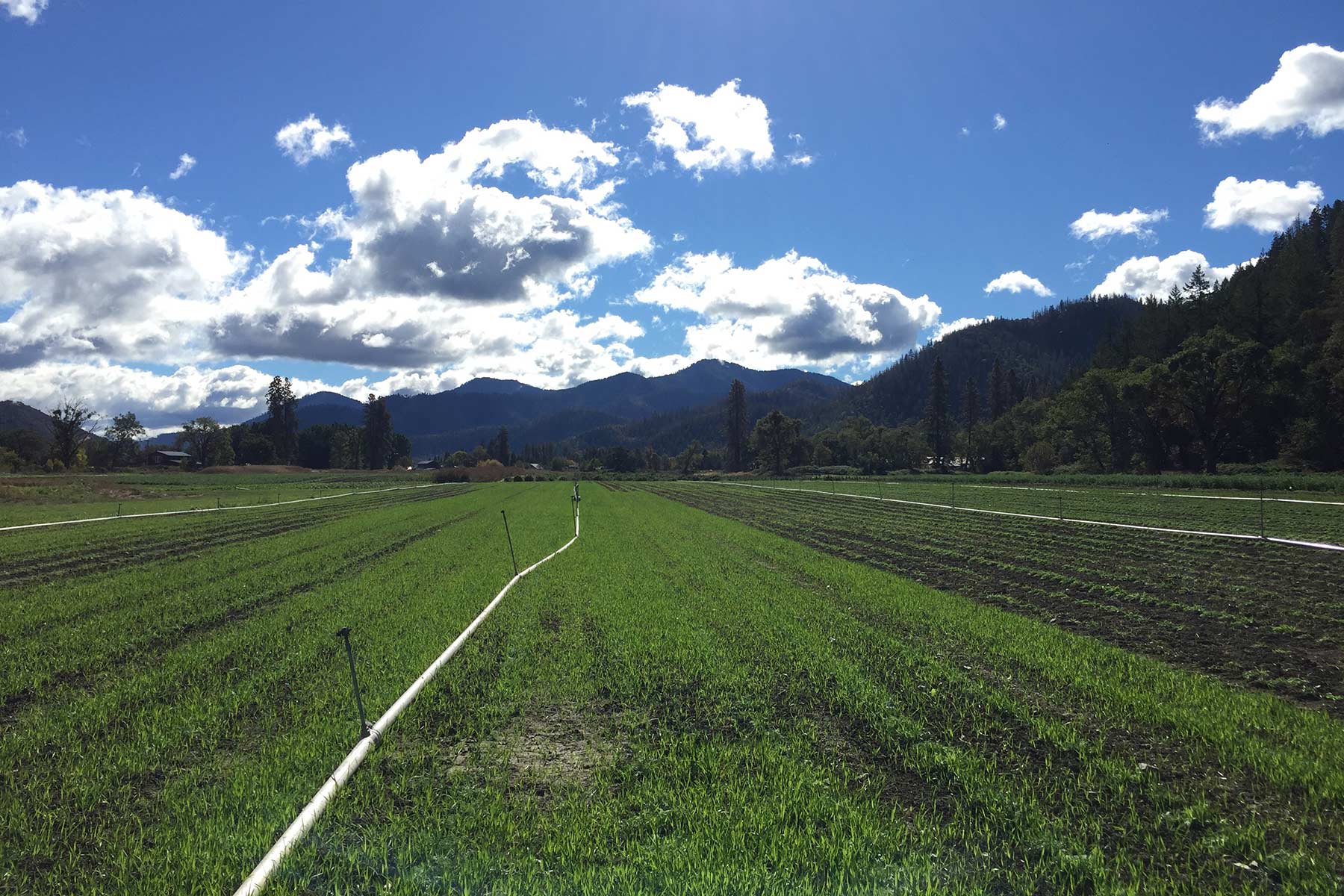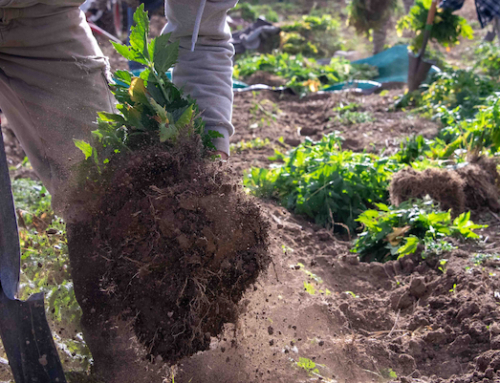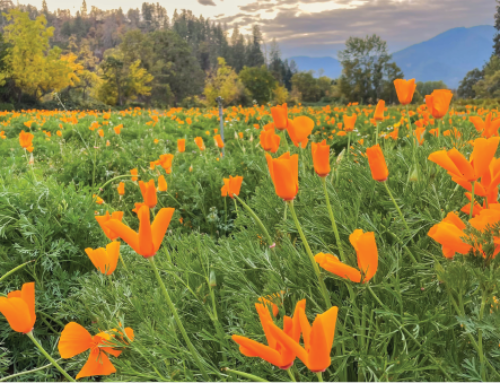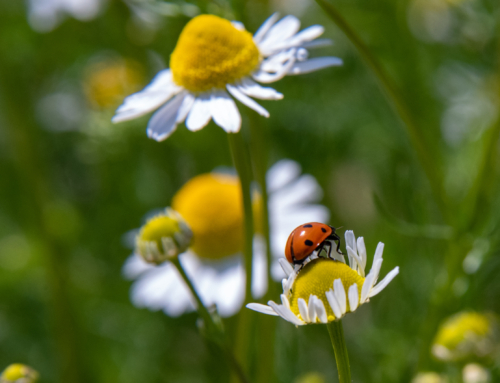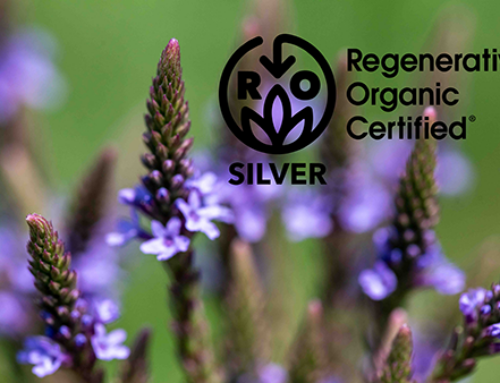Winter is here and we rejoice, along with the plants and the soil, the arrival of rain and snow. Now is a time of rest and replenishment for our soil. The fields look nearly empty but our cover crops are beginning to grow.
Fall cover crops are planted specifically to feed and protect the soil and are tilled back into the ground in the spring. We plant a combination of faster growing winter-hardy grains for large quantities of organic matter and legumes for nitrogen fixation.
Increasing organic matter in the soil is important on a farm because summer and fall crops extract the nutrients from the soil throughout the year. We replace the essential nitrogen in the soil with specific cover crops.
Cover crops also help retain water in the soil and aid with infiltration while, sucking up excess moisture to prevent run-off. They aid in soil aeration which means happier roots and soil organisms. They suppress potentially noxious weeds, and can provide winter forage for wildlife.
We think that cover cropping is a wonderful example of how being a good steward of the land doesn’t mean sacrificing the bottom line. We feed the soil and it gives right back to us in the form of fewer fertilizer inputs, healthier crops, higher yields, decreased weed pressure, and cleaner waters.
What cover crops do you use? What are your favorite sources of organic matter and nitrogen?
